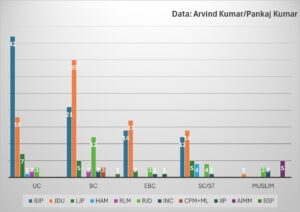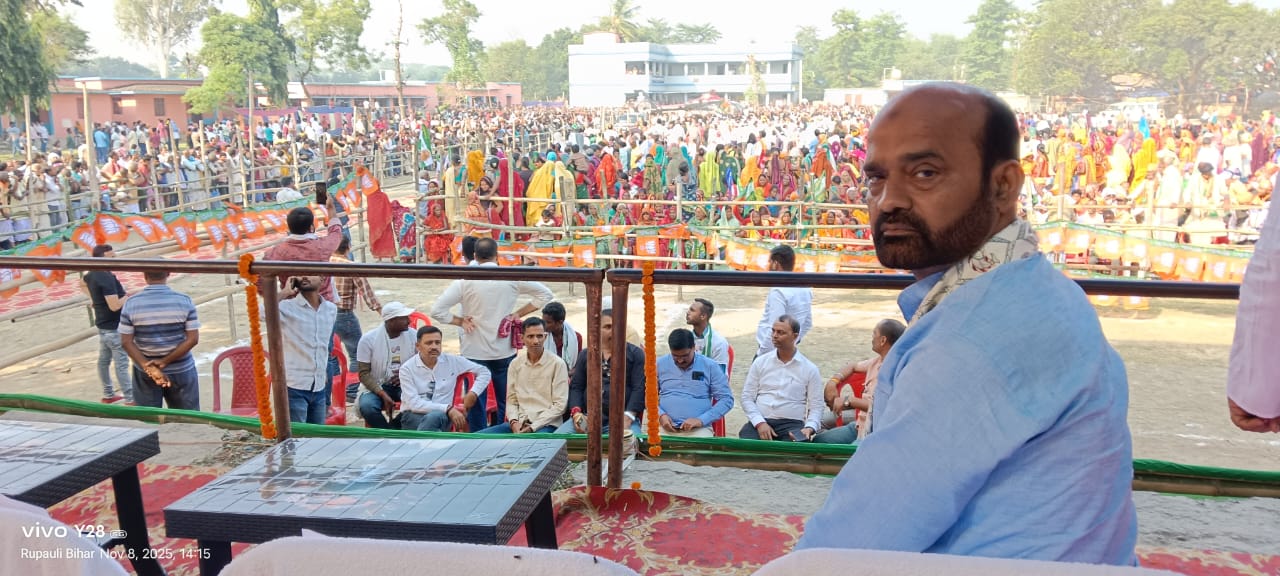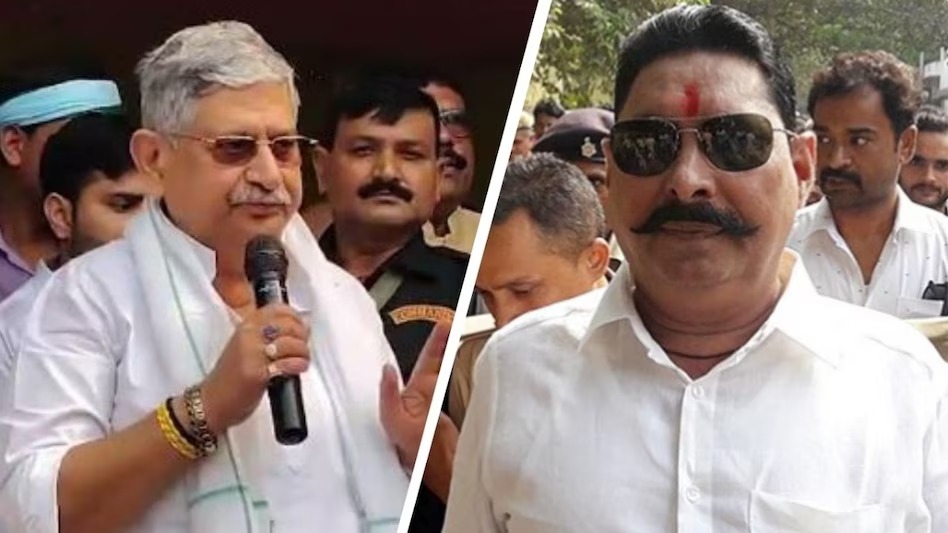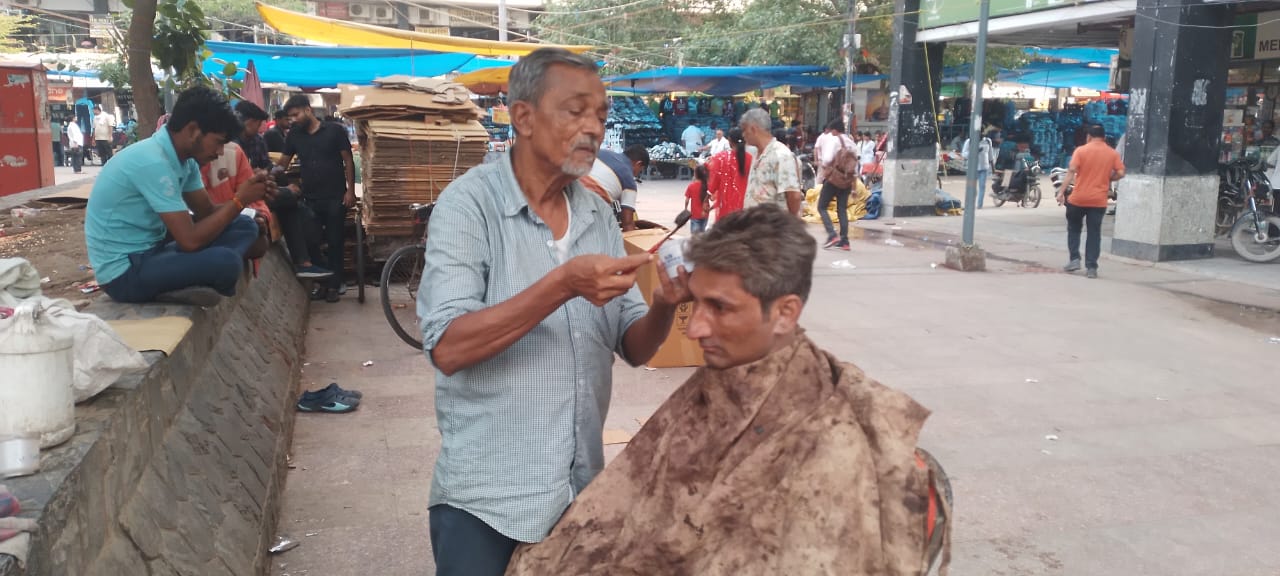The 2025 Bihar Assembly Elections have delivered an unprecedented mandate, with the incumbent National Democratic Alliance (NDA) winning a historic 202 seats. In the lead-up to the elections, the various caste combinations the political parties were wooing remained the focus of analysis. When the parties announced their candidates, their castes drew attention. Now that we know the winners, the attention has turned to the social profile of the assembly they will soon make up.
We present an analysis below showing the caste- and religion-wise composition of the newly elected assembly. The 18th Bihar Vidhan Sabha will have the highest representation from Backward Classes (BC) (81), followed by upper castes (73). Party-wise, the highest number of upper-caste MLAs (42) come from the Bharatiya Janata Party (BJP), and among upper castes, the highest number of MLAs are Rajputs.
Social profile of 18th Vidhan Sabha
As shown in Figure 1, the 243-member new assembly will have 81 members from Hindu Backward Classes, and 73 from Hindu upper castes. These will be the most-represented social categories in the assembly by a long way and form 27 per cent and 10.6 per cent of the population, respectively. There are 38 MLAs from the Hindu Extremely Backward Classes (EBC), 40 MLAs from Scheduled Castes (SC) and Scheduled Tribes (ST) combined (elected from seats reserved for them), and 11 Muslim MLAs. Among the Muslims, 4 MLAs belong to BC (Surjapuri Muslim), and 2 come from EBC (Kulahiya Muslim) and 4 upper castes (Sheikh and Pathan). One of the Muslim MLAs is a Surjapuri Muslim (BC) who claims to be an upper-caste Surjapuri Shaikh.


When we look at the distribution of MLAs from the Backward Classes, we find that the highest number (35) belongs to the JDU, followed by the BJP (21). There are 12 BC MLAs of the RJD, 2 of the Congress and 3 of the left parties, CPI (M) and CPI (ML).
Extremely Backward Classes have emerged as a very important social group in Bihar politics. When we look at the newly elected EBC MLAs, we find that 17 belong to JDU and 14 to BJP. In the Mahagathbandhan, there are 5 EBC MLAs – 3 belong to RJD and one each to the Congress and Indian Inclusive Party (IIP).
Among SC-ST MLAs (elected from seats reserved for them), 14 (SC) are from the JDU and 12 (11 SC, 1 ST) from the BJP. The Loktantrik Janshakti Party (RVP) (LJP-RVP) has 5 SC MLAs, whereas HAM has 4. The opposition alliance has performed poorly in reserved seats. Only 4 SC MLAs are from the RJD and 1 ST MLA is from the Congress party.
The distribution of Muslim MLAs is interesting. Only 1 MLA comes from the NDA. RJD has 3 Muslim MLAs and the Congress Party 2. The remaining 5 Muslim MLAs are from All India Majlis-e-Ittehadul Muslimeen (AIMIM). AIMM’s MLAs are BC and EBC. The victory of AIMM MLAs in Muslim-dominated areas reveals that, in certain circumstances, Muslims can vote differently. The RJD and its alliance partners have made strenuous efforts to win those areas, but they failed. The RJD’s inability to win Muslim-dominated constituencies shows that its MY (Muslim+Yadav) formula has been broken at least in Muslim-dominated areas.
Jati-wise composition
The jati-level distribution of elected MLAs gives a clear picture of the social composition of the newly elected assembly. Figure 3 shows that among the upper castes, the highest number of MLAs come from Rajputs (32), Bhumihar (27), Brahmin (13) and Kayasth (2). Rajputs form only 3.5 per cent of the population, but they will have the highest representation in the assembly among all castes. Among the Muslim upper castes, 3 MLAs are Sheikh and 1 Pathan. Among the Backward Classes, the highest number of MLAs are Kushwaha (26), followed by Yadav (25), Kurmi (14), Kalwar (6) and Suri (4). Kushwahas form 4.2 per cent of the population, Yadav 14 per cent, Kurmi 2.3 per cent and Kalwar and Suri come under the Bania caste, which constitute 2.3 per cent of the population. Among EBCs, the highest number of MLAs are Dhanuk (9), Teli (6), Kanu (5) and Mallah (3). Among SCs-STs, the highest representation is of Ravidas (13), followed by Dusadh (10) and Mushahar (9). The Mushahar are extremely marginalized within SCs, and this increased representation could improve their social status in the future.
The two reserved seats for STs were split between the Congress and the BJP. One went to Manohar Prasad from the Congress party, who has become an MLA for the fourth time. He has been winning the Manihari constituency since 2010, although the Congress party has yet to give him prominence. The second ST seat – Katoriya in Banka – went to Puran Lal Tudu from the BJP.

The jati-wise analysis of MLAs reveals that the JDU picked candidates from different jatis of BCs and EBCs rather than concentrating on a few castes – unlike RJD, which nominated 53 candidates from Yadav castes. Among several factors, RJD’s inability to diversify the candidate caste profile may partly explain its loss.





